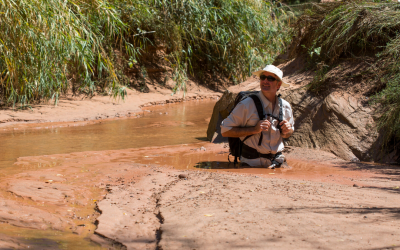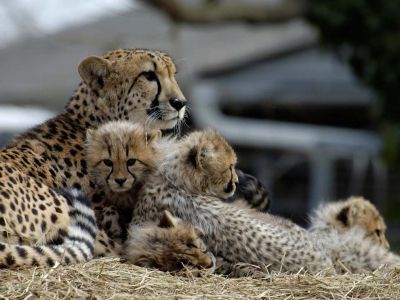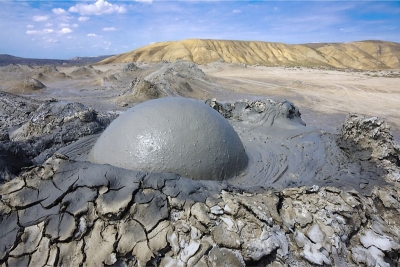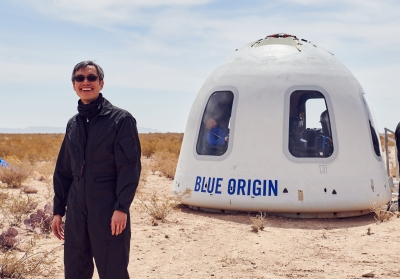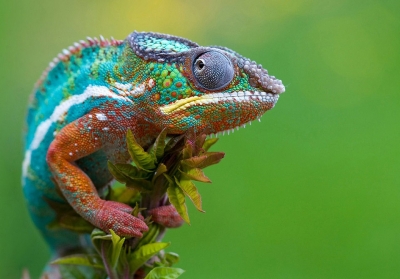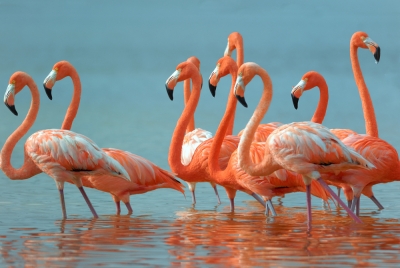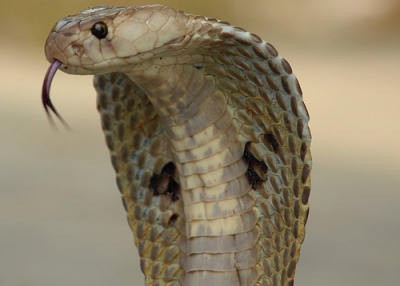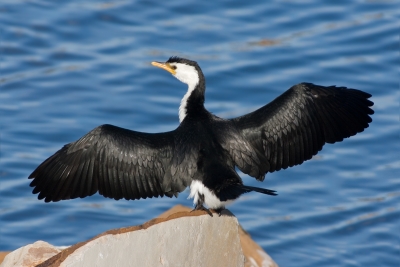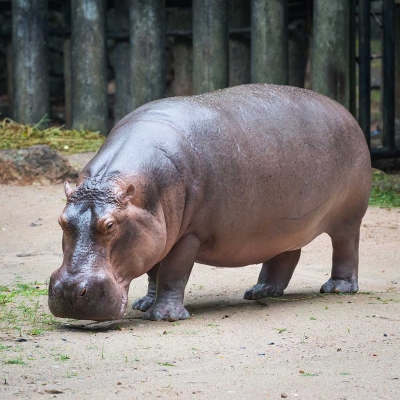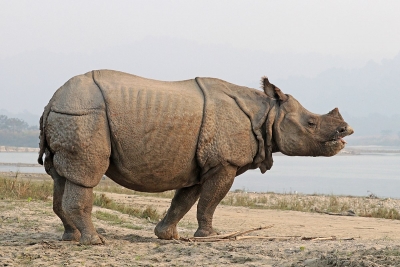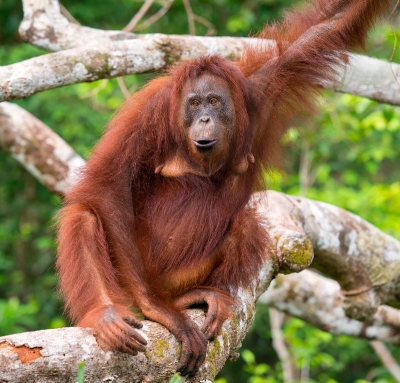
If you are bookworm, you might be familiar with the term protagonist. It is used to describe the leading character in a story. But have you heard of deuteragonists, and tritagonists?
From the protagonist's perspective
A protagonist is usually easily recognisable as the main character of the story. Generally, the story is written from the protagonist's perspective. However, often a novel has multiple storylines and characters, each with their own storyline or role. For example, in "The Lord of the Rings" series, although Frodo is considered the main character as he has the Ring, Aragorn and Sam are equally significant. So are they protagonists too? No. That's where the concept of deuteragonists, and tritagonists comes in.
A dependable deuteragonist
Usually, deuteragonists are sidekicks, who support the protagonist. They are often (but not always) the second-most important character. So in "The Lord of the Rings" series, Sam can be called a deuteragonist Similarly, Rowley Jefferson is the deuteragonist in "The Diary of the Wimpy Kid" series. He is the well-meaning and helpful companion of Greg Heffley. However, Rowley also has his own spin-off series "Diary of an Awesomely Friendly Kid" in which he is the protagonist.
But not all sidekicks are deuteragonists. For example, Snowy from "Tintin" is not important enough to be a deuteragonist, but Captain Haddock is.
The tricky third
The third main character in a story can be called a tritagonist. It is generally a secondary side-kick character. The role of the tritagonist depends on the story. For example, Hermione is a tritagonist in the "Harry Potter" series. (However, fans are divided over this as they consider Hermione to be closer to Harry than Ron and hence, she is regarded more as a deuteragonist.) Other popular examples of tritagonists are Jessie from "Toy Story" with both Woody and Buzz, and both Princess Leia and Han Solo from "Star Wars".
On the dark side
Another important thing to remember is that not all deuteragonists and tritagonists are supportive of or helpful to the main character. They can also be evil and cause harm to the character. Yes, that's right, they can also be antagonists. For example, Prince Hans from the animated film "Frozen" reveals himself as an antagonist towards the end. Antagonists are the villains of the story, they are characters that bring harm upon the main character.
However, remember that these are only broad definitions, and depend on the story.
Picture Credit : Google

